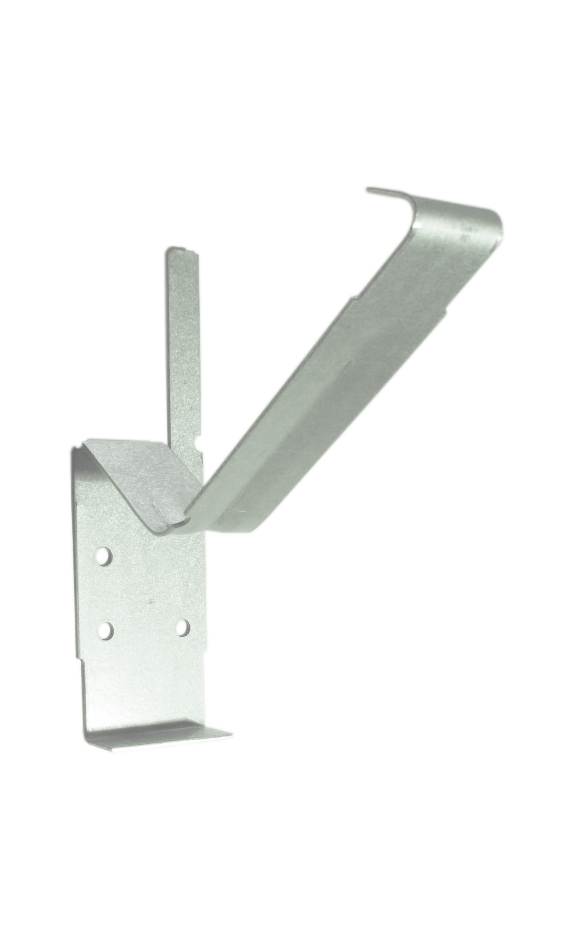Internal gutters also known as box gutters are seen as an easy solution to the collection and disposal of roof water.
Internal gutter fixings.
This bulletin outlines the requirements of e1 as1 and e2 as1 and gives design parameters to minimise the risk.
They are installed internally at a maximum of 1 2 metre intervals and are not visible on the external face of the gutter.
Box gutter 2 1 fixing sealing the box gutter 4 2 2 joining the box gutter 5 3.
Figure 4 overflow located below any potential overflow into building from e2 as1.
E2 as1 specifies no end laps for membrane lined internal gutters and that metal gutter laps are welded.
However significant inconvenience damage repair cost and health issues may occur if water from the gutter gets into the building structure and or the space below.
Secondly choose the profile you want as each will offer a slightly different aesthetic depending on the look you want and the style of the property.
To make internal gutters as safe and durable.
Internal gutters must be continuously supported on timber boards treated to h1 2 or on ply treated to h3.
Cut the gutter ends at 45 as shown.
Cut gutter ends at 45 as shown.
Figure 2 membrane roof and gutter design.
When choosing what type of gutter you want consider material initially.
To establish the position of the running outlet or stopend outlet hang a plumb bob from the fascia so that it hangs directly over the drain.
Internal gutter straps hold the face of the quad guttering into position.
Fix external and internal corner over mitred cuts use rivets or screws and silicone.
Reduce the top rib for 25mm to allow for a slip joint.
Assemble in a similar manner to external corners.
Pvc rain gutter is more cost effective when compared to metal and is easier to install than metal.
E2 as1 8 1 6 1 requires all internal gutters to have a minimum 1 100 slope.
Design for a 10 minute rainfall intensity for the location with a recommended minimum design intensity of 200 mm hour rainfall intensity is for a storm with a 10 probability of occurring annually.
There must be no fixings in the bottom or sides of the gutter.
Use a pencil to mark the positioning of the outlet and its fixing holes onto the fascia ensuring that it is no more than 50mm below the level of the roof.
Eaves beam 3 1 fixing the eaves beams 6 3 2 fixing the gable support platform 6 3 3 joining the eaves beam 7 4.
Rafters 4 1 ridge radius end rafters 8 9 4 2 jack rafter connection 9 4 3 gable end rafter 10 4 4 standard valley rafter 10 4 5 drop valley rafter 11.

